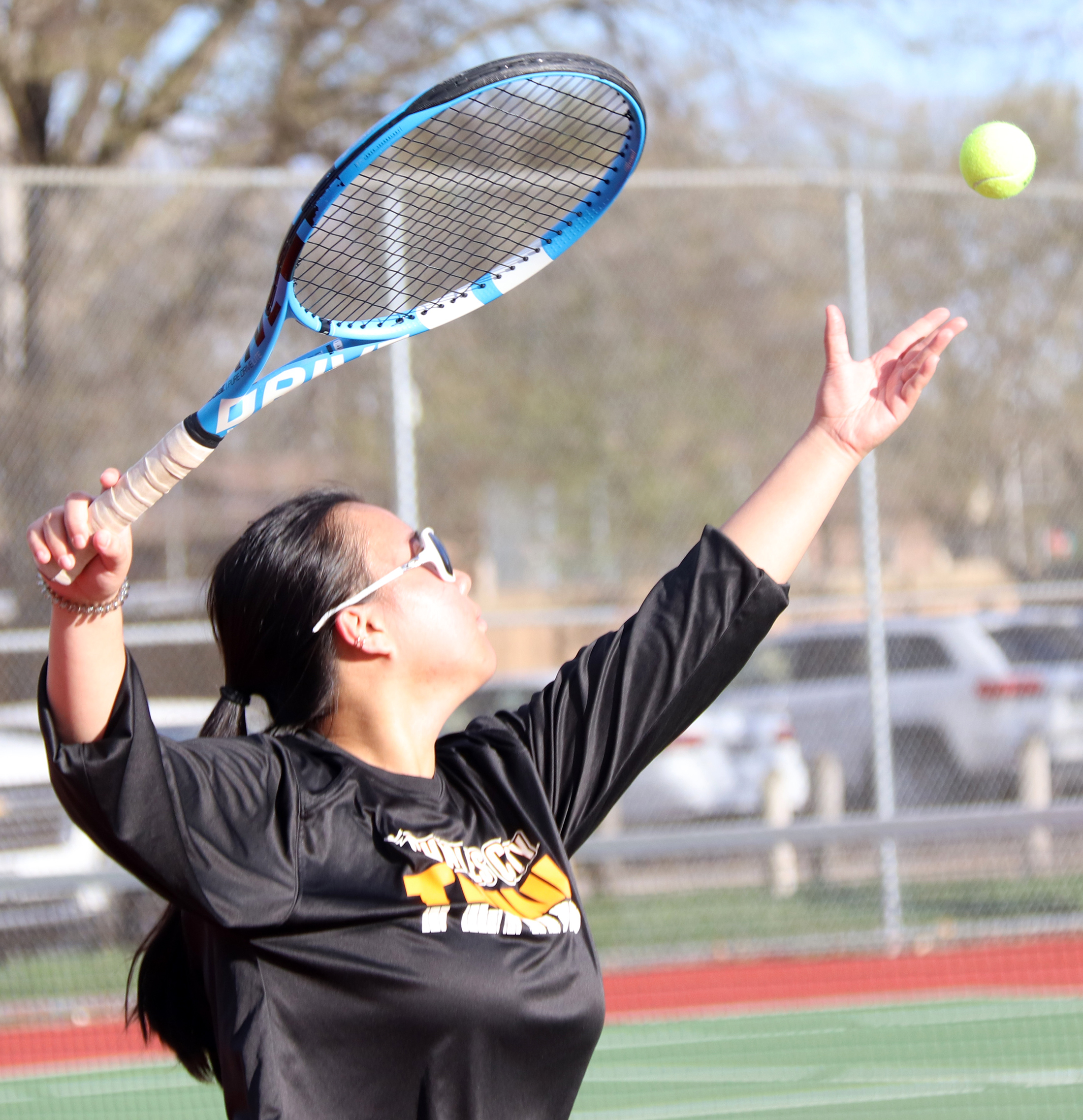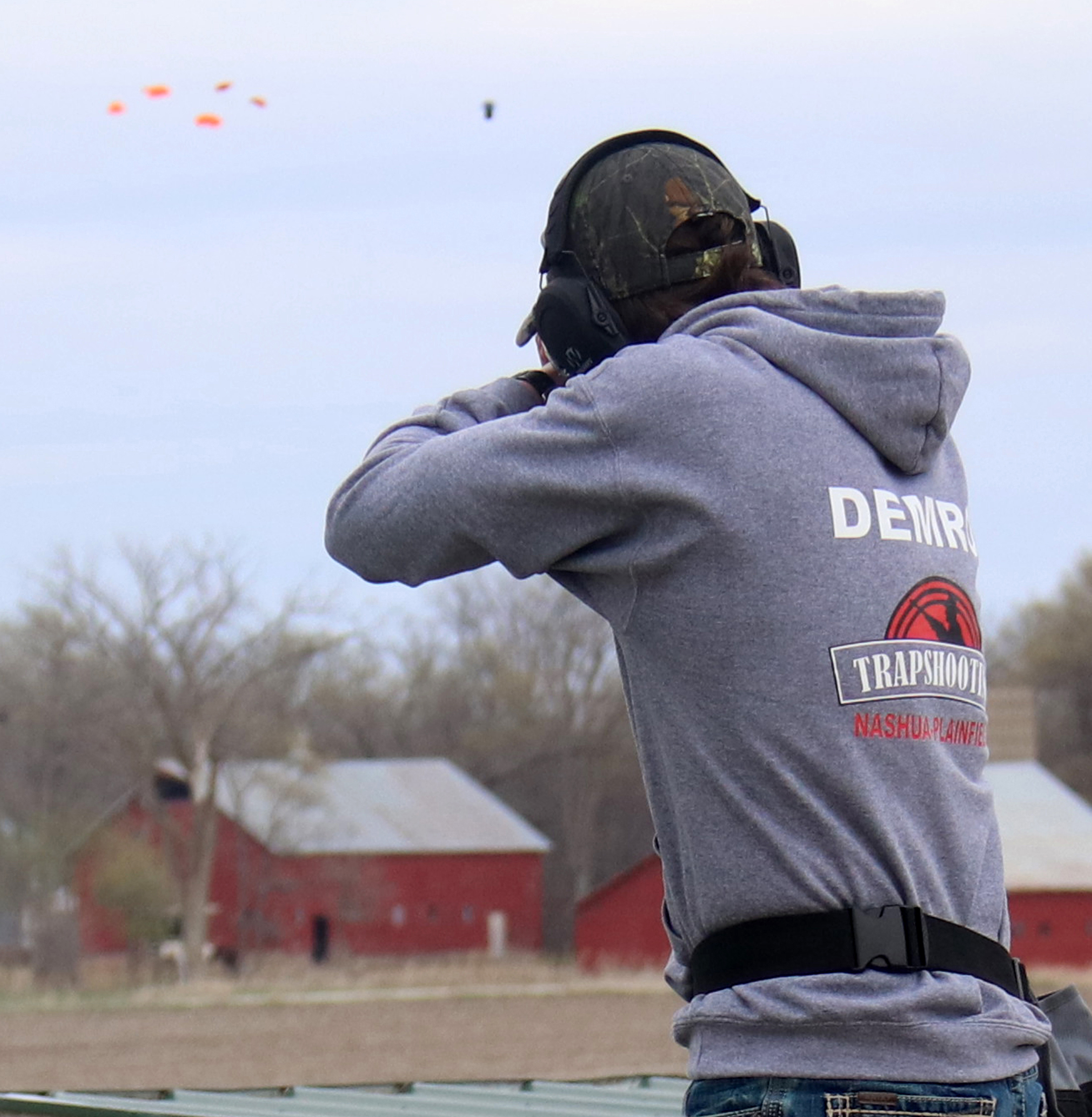The folly of applying socioeconomics to class sports
By John Burbridge
sports@charlescitypress.com
A former colleague of mine asked me about the differences and similarities of prep sports in Iowa to that of Indiana.
The best example on the similarity side is that the reverence paid to the Indiana State Basketball Championships is about the same bestowed on the Iowa Wrestling State Championships.
Or I should say was.
When the Indiana High School Athletic Association decided “Hoosier Hysteria” should employ a four-class system while eschewing its long-time and silver-screen celebrated one-class format, the news transcended the state’s borders. Even the folks from NIKE way out in Beaverton, Oregon, weighed in against the decision.
Naturally, state politics got involved and several unsuccessful bills were proposed in futile attempts to block the action.
In the 20-plus-years since, more schools have gotten to hold state championship rallies and even parades than they would have under the old system. And that’s not just for basketball as other previous one-class sports in the state concurrently followed suit.
Yet as many detractors had predicted, attendance for the state basketball tournaments has dropped off significantly even with more teams vying for titles and more entourages making the trip to cheer them on.
But even before the controversial change, there was already a multiple-class sport in Indiana — football. And your sense of reality would had to have been really stunted by Hollywood and/or “Hoosiers” storylines to come out against multiple classes in high school football.
With bigger schools most likely having a substantial size advantage at every position against smaller schools, games would not only be brutally one-sided but potentially more dangerous.
Still, pairing similar class-size teams against each other doesn’t always solve non-competitive and safety issues.
Last month, the Des Moines Public School Board of Directors presented a resolution to the Iowa High School Athletic Association and the Iowa Girls High School Athletic Union. It was a request to implement socioeconomic data into determining class lines other than student enrollment alone.
Exhibit A of their argument is football.
During the past decade, Des Moines public high school football teams are 0-92 against the regularly scheduled seven suburban schools of roughly the same enrollment while losing on the average of 51-10.
The suburban school dominance extends in other sports. The resolution elucidates several supposed reasons for these discrepancies. Most noted is poverty percentages.
The resolution states … “the largest school districts in the state with enrollments greater than 7,500 students, now more than half, 52.4% of enrolled students, come from low-income families eligible for free and reduced-price lunch.”
While citing the Iowa Department of Education Annual Condition of Education Report, the resolution also points out that due to the growth of students originating from other countries and continents, the increase of students in English-language learner programs has risen from 2.3% to 6.1% statewide since 2001 with the percentage being greatest (7.9%) among larger urban schools.
These factors, according to the resolution, contribute to the “unlevel” playing field that hamper these more impoverished urban schools.
Some of the arguments for the change are compelling, so let’s go safety first. One-sided football games — even with class size and size in general not being a factor — are still greater prone to hazards. Likewise for even a “non-contact” sport like basketball. This in part is based on the theory of “hard corrections for not hustling” in the aforementioned sports, suggesting that beaten-down players going through the motions amidst blowouts may be more vulnerable to serious injury.
Also, the discouragement of students going out for sports to save themselves from humiliation is a disturbing trend being that participation in extracurricular activities is a common indicator for one’s future success.
All that being said, I still have to file DMPS’s proposal as another example of hard cases making bad laws and policies. It also beckons the oxymoronic term “patronizing condescension.”
Drawing broader class lines while using socioeconomics as one of the markers does less to solve the problem and more to ignore an even greater one. As stated in the resolution, large urban schools and their student-athletes are not graced with the equipment, training facilities, well-compensated coaching expertise and offseason training and travel programs that are readily accessible to more wealthy districts and families.
But sports and other extracurricular programs can in essence be “Canaries in Coal Mines” when it comes to disclosing the state of the school system as a whole. If the extracurricular programs have gone to seed and are woefully lagging behind those from other districts, the students are likely being deprived in other areas.
Extracurricular school programs owe much of their integrity to the communities that support them — i.e. booster clubs. That’s where suburban schools may have their greatest advantage.
Perhaps a better way to “level” the playing field is to subsidize school districts which don’t benefit from such “boosts.”
Now how are we going to do that? Raise more taxes?
Better idea — use state lotteries for the influx.
I’m not expecting a Nobel Prize for Economics for coming up with such an idea, and — of course — most state lotteries already have education funding as the reason for their existence. But as disclosed by a Washington Post enterprise story several years ago, most state lottery education funding across the nation is used by lawmakers to cover educational expenses and budgets rather than for peripheral scholastic investments — such as extracurricular activities.
Lotteries to boost extracurricular programs for in-need school districts is a tough sell, but to simply pigeonhole poverty-stricken schools into their own class and league more likely damns the winners into only ascending as high as the “B” team.







Social Share